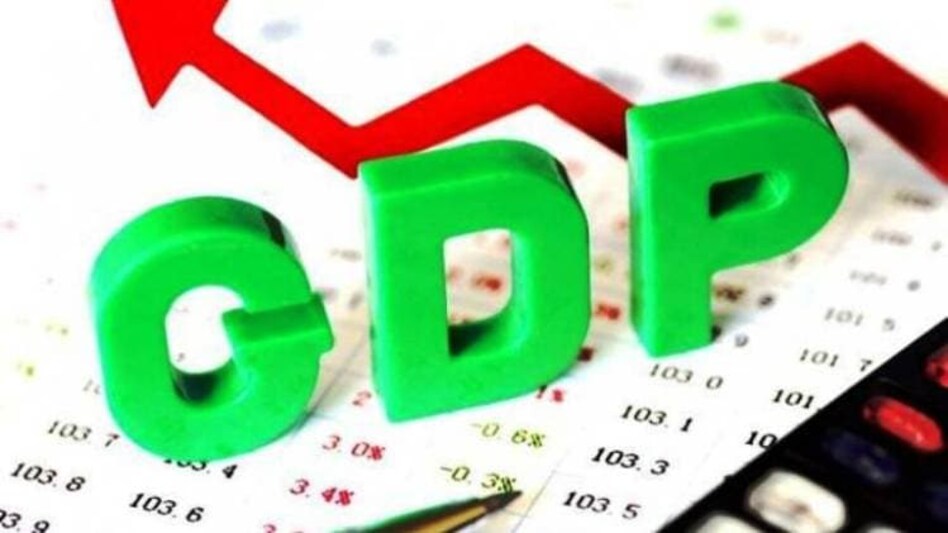Since 1929, the United States has experienced bizarre swings in economic performance.
The gross domestic product (GDP) of the United States by year provides a useful summary of the expansion of the American economy. The following table compares the Gross Domestic Product (GDP) of each year since 1929 to significant economic happenings in the world.
The 1929 crash of the stock market serves as the starting point for this table, which continues on during the Great Depression. It encompasses a total of five wars, in addition to a number of significant economic downturns.
The current economic climate is placed into perspective by the significant swings that the business cycle has experienced. To get a full picture of what makes the U.S. economy grow or shrink, you can look at the Gross Domestic Product and fiscal and monetary policies year by year.
Key Takeaways
The growth rate of the nation's GDP is an indicator of whether or not the economy of the country is thriving.
When looking at growth rates, a negative number indicates contraction.
Real GDP takes inflation into account, allowing for more accurate comparisons of GDP across time periods.
When figuring out nominal GDP, the prices of the year in which the goods were made are taken into account.
The Many Facets of the GDP
The data has been compiled by the Bureau of Economic Analysis. When going back over this timeline, keep in mind that the BEA calculates GDP in two different ways: nominal GDP and real GDP.
Nominal GDP
The total economic production of the United States for a given year is measured using nominal GDP. The Bureau of Economic Analysis (BEA) also refers to it as the "current-dollar GDP" due to the fact that it is assessed as a dollar figure and does not take into account factors such as inflation.
Economists use the nominal gross domestic product (GDP) to compare economic production to the United States' debt, which is also measured in dollars but doesn't take inflation into account.
Real GDP
Real GDP takes inflation into account, which results in more accurate comparisons to GDP from prior years.
It is utilized by the BEA in the calculation of the GDP growth rate as well as the GDP per capita. Real GDP is significant because if the effects of inflation are not taken into account, it is possible that the GDP may give the appearance of growing while, in reality, all that has occurred is an increase in prices.
The BEA begins its calculation of real GDP with the selection of a reference year. The year 2012 serves as the foundation year at the moment. It should be brought to your attention that the nominal and real GDPs in 2012 are identical.
The real GDP is calculated by comparing the actual GDP of each year to what the GDP would have been if it were priced in 2012 dollars. This nullifies the impact that inflation has on the economy.
The year 2012 is now used as the base year for GDP statistics. The time frame that serves as the starting point for the calculation of the weights for a measurement series At the moment, the year 2000 is being used as the base period for the national income and product accounts, also known as NIPAs.
When GDP and other NIPA aggregates are rebased, they are expressed in terms of the prices of one year, and the reference year (also known as the base year) for real (chained dollar and quantity index) estimates and price indexes is adjusted accordingly.
Rebasing has the effect of producing chained-dollar estimates that are closer to an additive for periods that are close to the new base year. It is essential to keep in mind that the rebasing process has no impact on the percentage changes that are derived from chain-type indexes.
In most cases, the year that is chosen to serve as the reference year is the most recent year that will not be modified until the following time that a full update is performed. Real estimates have been rebased using chained dollars from the year 2012 instead of chained dollars from 2005 for the purpose of the 2018 comprehensive update.
Questions That Are Typically Asked (FAQs)
What exactly is GDP?
The gross domestic product, or GDP, is a measurement of the whole value of a nation's economic output. Economists use it as a summary indicator for the size of an economy, and they use it to compare economies across countries.
How exactly does one calculate GDP?
Personal consumption, business investment, total spending by the government, and net exports are the components that make up a nation's GDP (exports minus imports).
What factors do not factor into the GDP?
The Bureau of Economic Analysis in the United States does not include all products and services in the calculation of GDP. For example, the value of domestic services such as child care provided by parents is not taken into account, even though it is considerable.
Additionally excluded are the intermediate items that are required for the production of other goods. Products that are manufactured illegally and then sold on the black market are also not included in this exclusion.

